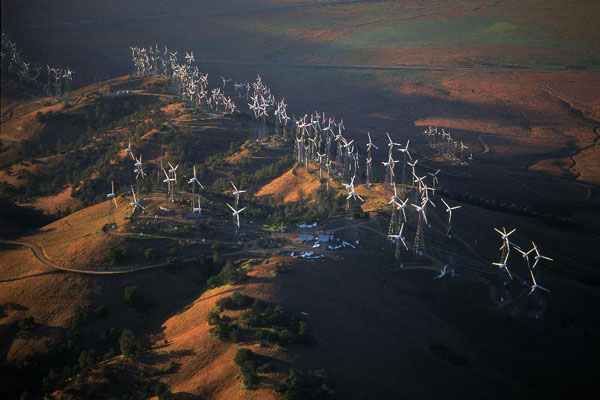Introduction
In the first investigations of Climate and Weather, your students developed a working concept of air—a gas material that surrounds the Earth, fills space and exerts pressure on its surroundings. In Weather 3, you will help them to develop a concept of moving air or wind. Based on observations of their surroundings and the behavior of a simple instrument they make themselves, your students will learn to report two properties of moving air; wind speed and direction. Just as they did for temperature, they can record these observations on their Daily Weather Report.
Young children can easily infer the movement of air by observing its everyday effects on trees, smoke, flags and the ruffling of their hair or a cool breeze on their faces. They will have been familiar with wind from their earliest memories, but they may not necessarily associate this directly with moving air. The movement of large air masses across landscapes and oceans is invisible, but even if it were observable it covers too large an area for young children to actually see and understand.
The idea that air reaches us from different directions at different times may also be new to young children. While they know wind occurs from time to time, they may not notice the different wind directions. It is also unlikely that they will associate different wind speeds and directions with particular weather patterns. Do storms always come from the same direction? Do high winds mean the weather is going to change? Do winds bring hot weather or cold weather, or both? These are some of the questions that young children may have never asked themselves because their focus in on how the wind is acting on them at a given moment, not over long periods of hours or days.
By the end of this section, your students should be able to read much more into the air movements they experience than they do at the start of these investigations.
Weather Unit Sections
How can you tell the speed of the wind?

